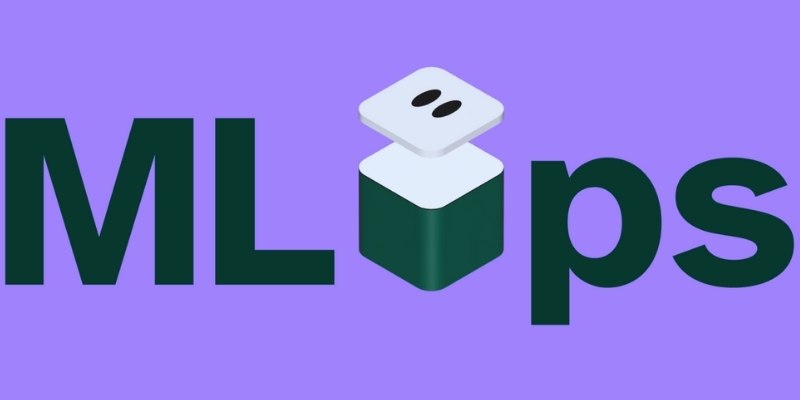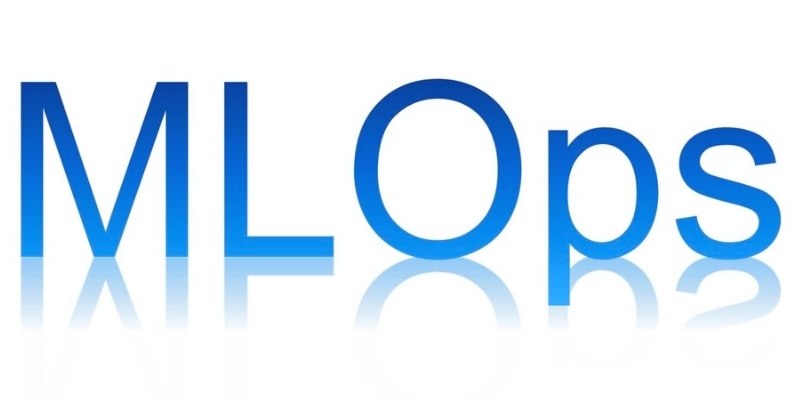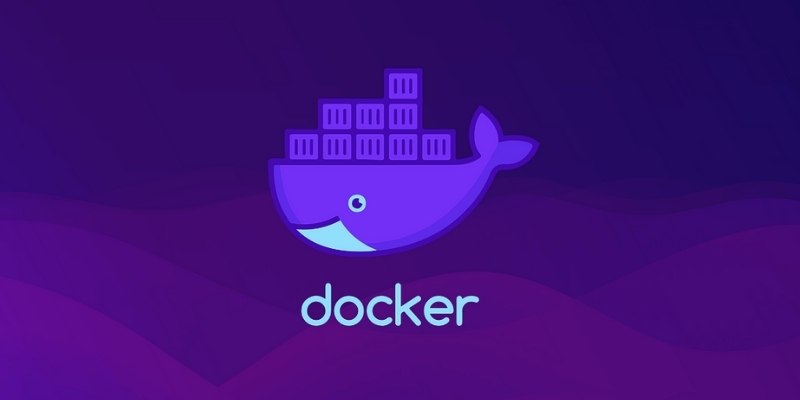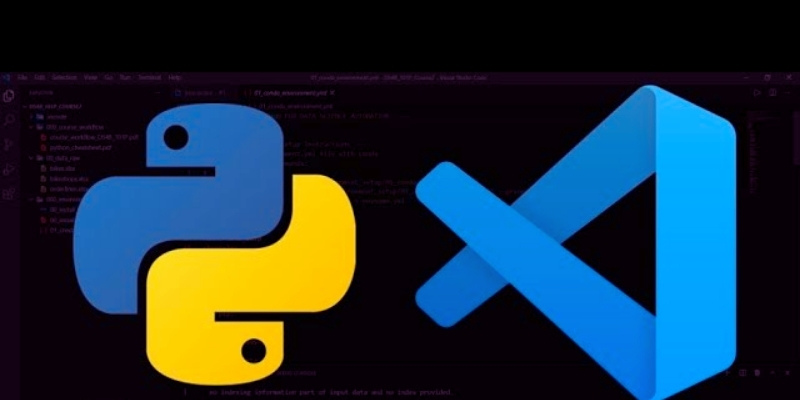Real-world applications depend on deploying machine learning (ML) models, although deployment difficulties may surface. By automating packaging, scaling, and serving, BentoML—an open-source framework—simplifies this process and lowers hand labor. It supports several ML models, enabling quick and effective implementation. BentoML offers a consistent approach to model deployment, enabling developers to code trained models into production-ready services minimally.
It allows simple scaling and management by interacting perfectly with cloud systems. BentoML's salient characteristics, advantages, and fundamental deployment techniques are discussed in this article. Knowing BentoML will help you, regardless of your level of experience, enhance your MLOps process. This article will help you effectively apply BentoML models by the end. You can get going right away, even without past MLOps knowledge.

What is BentoML?
BentoML is a strong framework meant to ease the implementation of ML models. It enables effective package, serve, and scale model packaging development, and BentoML guarantees flawless deployment across several environments by offering a consistent approach, unlike conventional deployment techniques. It makes simple integration with current models without significant changes possible for popular ML frameworks such as TensorFlow, PyTorch, Scikit-Learn, and XGBoost. For MLOps processes, this adaptability is why they choose it first. BentoML presents BentoService, a containerized package that includes the model, dependencies, and setups.
This package offers scalability and simplicity of management using on-site servers and cloud services, among other platforms. BentoML lets developers cut deployment times from weeks to minutes. It reduces manual work by automating important procedures, hence simplifying model implementation. Its automation features, effectiveness, and adaptability make it a great tool for MLOps teams since they guarantee a seamless transfer from development to production while keeping scalability and dependability.
Why Use BentoML for MLOps?
BentoML guarantees models run effectively in production and streamlines the deployment of models. Here are several main reasons BentoML should be used for MLOps:
- Easy Model Packaging: BentoML lets developers package models, including dependencies, configurations, and code, to ensure consistency across several environments. It removes compatibility problems, therefore simplifying and increasing the efficiency of deployment.
- Fast Model Serving: BentoML offers an optimized model server, guaranteed low latency, and great performance for real-time applications. For uses that call for quick inference, this greatly increases response times and is perfect.
- Scalable Deployments: BentoML connects with cloud systems, including Kubernetes, for perfect scaling. Models effectively manage high traffic, guaranteeing flawless manufacturing operations without performance problems or downtime. It provides demand-based automatic scaling.
- Reproducibility and Monitoring: BentoML simplifies debugging by tracking models, dependencies, and configurations, guaranteeing reproducibility. It comprises monitoring and recording tools that enable effective model versioning, lifetime, and performance management, enhancing general model dependability.

Installing and Setting Up BentoML
Before using BentoML, you need to install it. Follow these steps to get started:
Step 1: Install BentoML
Install BentoML and its necessary dependencies by running the following line in your terminal:
pip install bentoml
Step 2: Verify Installation
Run BentoML to make sure it is installed correctly:
Bentoml --help
Step 3: Import BentoML in Python
Start a Python script and import BentoML:
import bentoml
Deploying a Machine Learning Model with BentoML
Let's walk through BentoML's steps for deploying an ML model.
Step 1: Train and Save the Model
Consider yourself to have a trained Scikit-Learn model. BentoML will help you save it.
import bentoml
from sklearn.ensemble import RandomForestClassifier
# Train model
model = RandomForestClassifier()
model.fit([[1, 2], [3, 4]], [0, 1])
# Save model
bento_model = bentoml.sklearn.save_model("random_forest_model", model)
Step 2: Create a Bento Service
Describe a service to load and provide the model.
from bentoml.io import JSON
from bentoml import Service, runners
# Load model
model_runner = bentoml.sklearn.get("random_forest_model").to_runner()
# Create service
svc = Service("rf_service", runners=[model_runner])
@svc.api(input=JSON(), output=JSON())
def predict(data):
return model_runner.predict.run(data["features"])
Step 3: Run the Bento Service
Start the service with the instructions:
bentoml serve service.py
Scaling and Deploying BentoML Models
BentoML is versatile for several needs since it lets deployment on several platforms.
1. Docker Deployment
Consider packaging your machine learning model as a Docker container for simple deployment and scalability.
bentoml containerize rf_service:latest
Then, run it using:
docker run -p 3000:3000 rf_service: latest
2. Kubernetes Deployment
Use Kubernetes for large-scale projects, pushing the Docker container to a container registry.
docker push your-docker-repo/rf_service:latest
Next, generate a Kubernetes deployment file and implement it:
kubectl apply -f deployment.yaml
Best Practices for Using BentoML
Use BentoML to the maximum advantage by following these best practices:
- Keep Dependencies Minimal: Add required libraries to shrink packages and enhance performance. Unneeded dependencies complicate matters and slow down implementation. Maintaining minimal weight guarantees faster load times and simpler maintenance.
- Use Versioning: Track several variations of models to guarantee repeatability and prevent disputes. When needed, version control lets one roll back to stable versions. Correct version control preserves consistency and helps to avoid compatibility problems.
- Optimize for Speed: When at least hardware acceleration is possible, use and enable effective model designs. Maximizing inference speed enhances user experience and reaction times. Faster models improve performance in real-time applications and lower latency in others.
- Monitor Performance: Check model response times, latency, and resource use often. In manufacturing, performance monitoring guarantees fast updates and seamless running. Constant monitoring aids in identifying congestion and enhancing efficiency.
- Secure Your API: Use rate limiting and authentication to guard against overuse in use models. Implement security policies to secure private information and stop illegal access. Effective security measures support system integrity.
Conclusion:
BentoML handles packaging, serving, and scaling with minimum effort, simplifying ML model deployment. It supports several frameworks, including TensorFlow, PyTorch, and Scikit-Learn, facilitating smooth integration. Docker and Kubernetes let you effectively deploy, serve, and scale models. BentoML reduces complexity and human labor by allowing fast and consistent deployment; therefore, enabling BentoML helps you to simplify MLOps and frees you to concentrate on creating better models. It guarantees consistency, quick deployment speed, and operational efficiency enhancement. BentoML simplifies ML deployment through automation and adaptability. Start maximizing your model-serving workflow today using BentoML.











